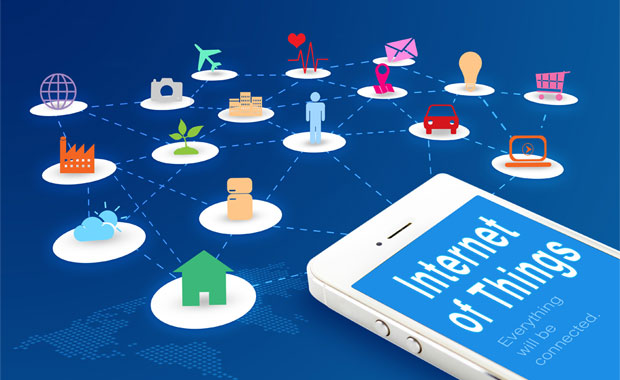Let your treadmill pass on the data to your wearable hand devices that could be read on your smart phone with visual and analytics. Or how about you casting your mobile to Office projector while all are having their evening snacks and enjoying live cricket?
Let’s see what are the latest trends in IOT.
Welcome to Connected World!
Research experts like Gartner Say 8.4 Billion Connected “Things” Will Be in Use in 2017, Up 31 Percent From 2016. On the other hand, firms like Intel predicts that there would 200 million connected devices by 2020. With such a rapid growth startups and big firms are keen in observing the space. So, here we bring on the latest trends shaping the world of IoT [ Internet of things].
An Increase in Miniscule Products
Products like sensors and cameras may be little in existence, but the power they hold makes them sustainable in the long run. Smart homes, Smart cars, climate control, home security are some of the aspects that need these sensors and devices. In future, we may see them as default items in IoT world, but for now, they are the stepping stone and would create an impact in IoT domain.
Evolution of IoT Squares
A very peculiar case of IoT is that the Amazon Prime video cannot be cast via Google Chormecast, the user needs to purchase Amazon Firestick if he must enable casting. With such a wide range of hardware and software list, users can’t be loyal to just one firm. Hence the need for gateways that allow software’s, hardware, apps, devices of various vendors to connect, interact and communicate without the need to change it.
These markets would not only help the users but the firms who want to want to automate their legacy equipment. They could just tap into industrial drivers, hubs, data visualization, monitoring and data mapping modules and reap the benefits.
Let the Data Do the Talking
Big Data is not an emerging trend anymore, but a default technology adopted by most of the businesses. However using Big data with IoT cloud could help many firms in making an informed decision. Just for example an insurtech firm could gather the driving behavior and pattern of his customer using sensors and could design a customized policy that suits his needs.
IoT Analytics is an upcoming trend, and many of the start-ups are eager to provide the optimum solution to other businesses.
Integrate IoT with Machine Learning
Machine learning is another emerging trend that experts are confident would change the future. But its benefits could be manifold if it’s integrated with IoT. Mantra’s innovative solution XAVI is the best example here. Just imagine you entering the home after a long tiring day and wished someone could switch on your lights tv and air conditioner. XAVI is a genie that allows you to do so with your voice or through a mobile app. As you get comfortable on your sofa, you could issue a command to list all English movie to be aired in next 15 minutes, and in no time, you could have an exclusive list of it on your tv screen. For more features click here.
It would also help firms in gathering data of individual usage patterns and would assist them in building more cognitive technology.
Security the Major Opportunity
With every new technology first question posed is – Is it safe? While many people believe interconnection could make systems more vulnerable to attacks, the opportunists believe it as a space to explore and come with a more robust solution to keep devices and data protected.
Read this article as well to get more insights on IOT
Knowledge thats worth delivered in your inbox





